Graphic Design has evolved from traditional mediums to a digital-first landscape, driven by advanced software and global internet trends. Modern tools like vector graphics and cloud platforms enable real-time international collaboration and creative freedom. User Experience (UX) is now a core focus, balancing visuals with functionality for better user engagement. Dynamic digital graphics, data visualization, and sustainable practices are reshaping the industry. Future prospects include AI, VR, AR, and ethical design approaches to meet growing environmental concerns.
The Evolution of Graphic Design: From Traditional to Digital Age
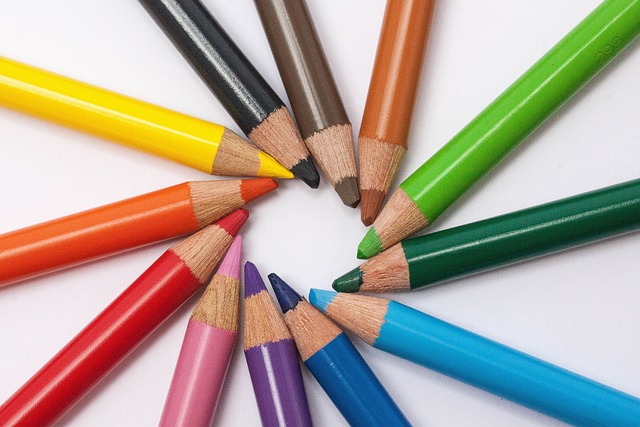
The evolution of graphic design mirrors the digital revolution, marking a significant shift from traditional to digital age. Historically, graphic designers relied on physical mediums like pen, paper, and printing presses to create visually appealing content. This process was time-consuming, limited creativity, and accessibility was confined to specialized print shops. However, with the advent of computers and digital technologies in the late 20th century, graphic design underwent a transformative phase. Designers embraced new software tools and digital platforms that democratized the creation of visual content, making it more accessible and efficient.
Today, graphic design is largely driven by digital solutions, enabling designers to explore uncharted creative territories. Advanced software allows for intricate vector illustrations, complex layouts, and dynamic interactions. The internet has also played a pivotal role in globalizing graphic design trends, exposing designers to diverse cultural influences and fostering collaboration on an international scale. This evolution continues to shape the industry, pushing boundaries and redefining what’s possible in visual communication.
Core Principles of Modern Graphic Design
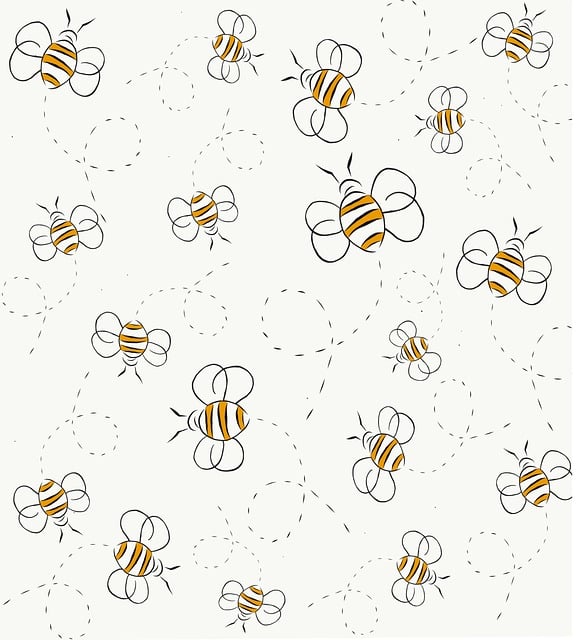
Modern graphic design is a dynamic field, shaped by evolving technology and an ever-changing visual culture. At its core, it adheres to several fundamental principles that guide designers in creating visually appealing and impactful work. These include balance, where elements are arranged to create a sense of equilibrium; contrast, which emphasizes differences in color, size, or texture to draw attention; and alignment, ensuring all components are properly positioned for a harmonious composition.
Additionally, modern Graphic Design values simplicity and clarity, focusing on minimalism and clean lines to convey messages effectively. Hierarchy is another crucial aspect, organizing content in a logical manner so that the most important information stands out. These principles, combined with innovative use of typography, color theory, and digital tools, empower designers to create solutions that captivate audiences and effectively communicate ideas across various mediums.
Tools and Technologies Shaping Contemporary Design
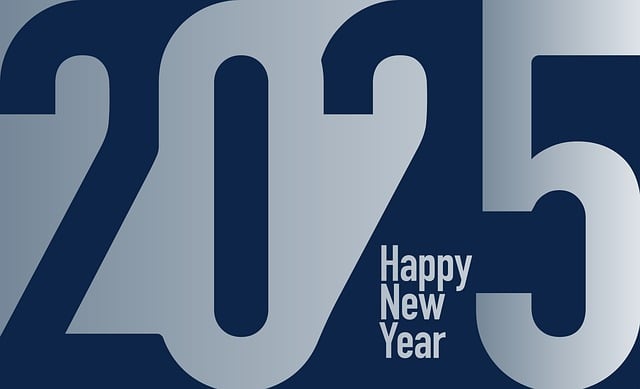
In the realm of modern graphic design, a myriad of tools and technologies are reshaping creative processes and pushing artistic boundaries. Designers now have access to an extensive array of software applications that streamline tasks once considered complex. Vector graphics, for instance, has become a cornerstone in design studios, enabling artists to create scalable and highly detailed visuals with ease. Additionally, the advent of advanced 3D modeling tools has opened up new dimensions in visual storytelling, allowing designers to craft immersive experiences and three-dimensional compositions.
The digital revolution has also brought about a culture of instant accessibility and global collaboration. Cloud-based design platforms facilitate real-time teamwork, breaking down geographical barriers. This interconnectedness has fostered an exchange of ideas and influenced a fusion of cultural aesthetics in contemporary graphic design. As technology continues to evolve, designers are equipped with innovative solutions that not only enhance productivity but also expand the creative horizons of Graphic Design.
User Experience: A Key Focus in Modern Graphic Design Solutions
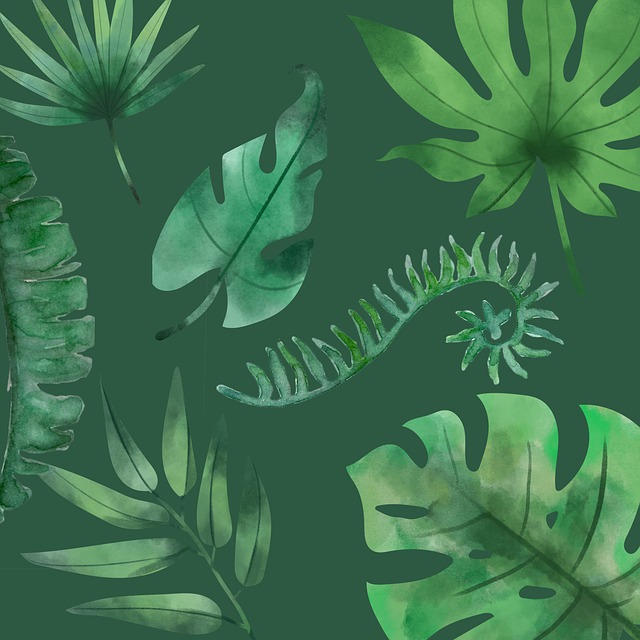
In modern graphic design solutions, User Experience (UX) has emerged as a pivotal aspect that defines success. Gone are the days when visually appealing designs were enough; today’s users demand intuitive, seamless interactions with digital products. Graphic designers now focus on creating interfaces that not only look stunning but also facilitate easy navigation and efficient task completion. This shift prioritizes user needs, ensuring that design choices enhance usability and overall satisfaction.
By integrating UX principles, graphic designers are able to develop solutions that cater to diverse user preferences and behaviors. They employ user research, wireframing, and prototyping to understand user flows and create designs tailored for specific audiences. This meticulous approach results in visually captivating and functional graphics that resonate with users, fostering stronger connections between brands and their customers.
Case Studies: Successful Implementation of Modern Design Approaches
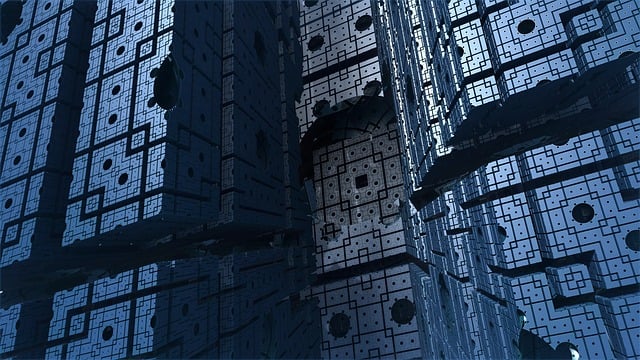
In recent years, the field of graphic design has witnessed a significant evolution driven by modern approaches that have transformed the way visual communication is created and perceived. Case studies from various industries highlight the successful implementation of these innovative strategies. For instance, digital platforms have become a canvas for dynamic, interactive graphics that engage users in new ways. By leveraging data visualization techniques, designers are able to convey complex information more effectively, enhancing user understanding and interaction.
Additionally, sustainability has emerged as a key focus, with designers adopting eco-friendly materials and processes. This not only reduces environmental impact but also creates visually appealing designs that resonate with environmentally conscious consumers. These case studies demonstrate how modern graphic design solutions can meet both aesthetic and functional requirements, pushing the boundaries of creativity while remaining sensitive to current trends and societal needs.
Future Trends: Predicting the Next Steps in Graphic Design
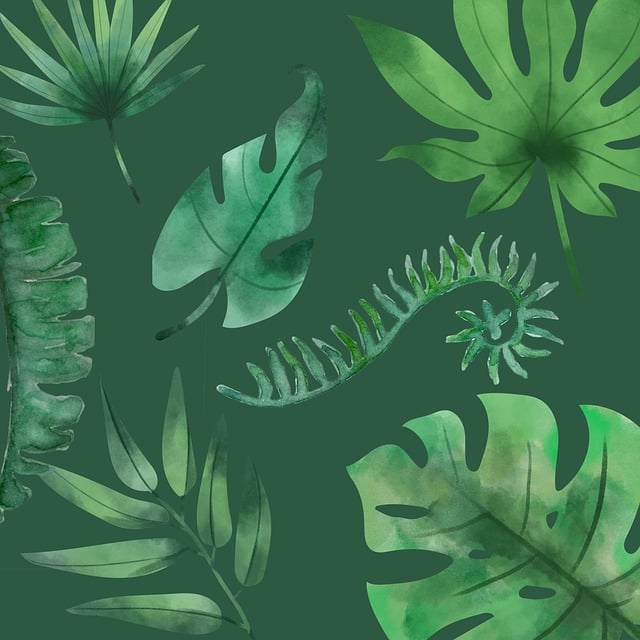
The future of graphic design is an exciting prospect, filled with emerging technologies and evolving consumer preferences that are set to shape its trajectory. With the continuous advancements in digital tools, designers now have access to more powerful software and resources than ever before. Artificial intelligence (AI) and machine learning algorithms are predicted to play a significant role, automating repetitive tasks and enabling designers to focus on creative thinking and problem-solving. Virtual reality (VR) and augmented reality (AR) technologies may also find their way into design workflows, offering immersive experiences for clients and end-users alike.
Furthermore, sustainability is expected to be a prominent trend, with designers embracing eco-friendly practices and materials to create more responsible and ethical designs. As the world becomes increasingly conscious of its environmental impact, graphic designers will need to adapt their processes to meet these new demands. The fusion of technology and ethics in graphic design promises an intriguing future where creativity meets sustainability.
